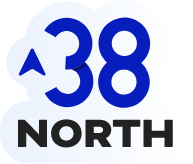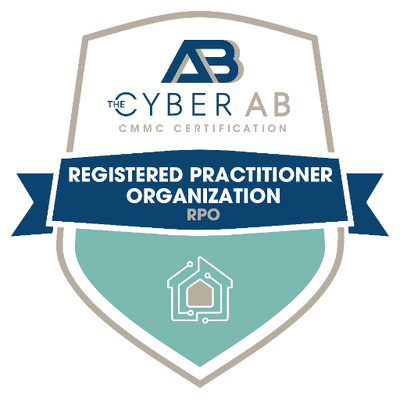The Canadian Centre for Cyber Security (CCCS) is the national agency responsible for enhancing Canada’s cybersecurity posture and defending against cyber threats. It’s part of the Communications Security Establishment (CSE), which is Canada’s national signals intelligence and cybersecurity agency.
The CCCS was officially launched in October 2018 to safeguard the country’s digital infrastructure, critical systems, and sensitive information.
For those planning to work with the Canadian government, you’ll need a solid understanding of CCCS procedures, regulations, and how the agency works. Here’s an overview of what you need to know to get started.
Understanding Canadian Cloud Security Compliance
Serving as the nation’s primary authority on cybersecurity, CCCS offers expert advice, guidance, and support to fortify the digital defenses of Canada and its citizens. The Cyber Threat Assessment 2023-2024 outlines CCCS’s role in addressing evolving cyber challenges.
With Shared Services Canada playing a crucial role in cyber defense, the government emphasizes a collective responsibility approach. That collective includes CCCS, plus other agencies like the Treasury Board Secretariat (TBS).
Cloud Control Profiles
The CCCS has meticulously crafted two distinct profiles: the Low Profile, tailored for less critical tasks, and the Medium Profile, designed for activities handling sensitive information without being deemed highly critical. These tiered security measures enable organizations to align their cloud security practices with the specific nature and criticality of their tasks.
The Low Profile ensures a robust yet adaptable security framework. The Medium Profile addresses the nuanced requirements of tasks involving sensitive information. Together, they provide a balanced approach to safeguarding against cyber threats and vulnerabilities.
Separate profiles help organizations decide how to secure their cloud-based activities efficiently without applying unnecessary security measures that could complicate operations or increase costs. It’s about finding the right balance of security based on how critical or sensitive the cloud-based activities are.
Key Components of Cloud Security Compliance in Canada
Securing sensitive information within the boundaries of Canada is a significant concern for organizations operating in the country’s digital landscape. There are four main areas to be aware of: data sovereignty, privacy laws, security control profiles, and audit requirements. Let’s look more closely at each area.
Data Sovereignty
The concept of data sovereignty aligns with the broader framework of securing sensitive information within Canada’s national borders. Canadian organizations prioritize the location of data storage to adhere to regulations and ensure compliance with data protection laws. Legislation such as the Personal Information Protection and Electronic Documents Act (PIPEDA) governs how private organizations must handle Canadian citizens’ personal information.
Privacy Laws
In addition to PIPEDA, the Canadian government has also implemented the Privacy Act, which outlines how federal entities must handle personal information. This sets out the rules governing the collection, use, and disclosure of personal data by government agencies.
It aims to ensure that individuals’ privacy rights are protected. Government agencies must handle personal information responsibly and safeguard data confidentiality, integrity, and availability.
Security Control Profiles
To ensure maximum security and minimize risks, the CCCS has put in place a series of standard security measures that are applied across all systems and applications. Data encryption, multi-factor authentication, and least-privilege access controls are essential measures to secure information and prevent unauthorized access.
These security controls are regularly reviewed and updated to ensure that they meet the latest industry standards and best practices for security. By implementing these measures, CCCS is able to maintain a high level of security and protect sensitive information from unauthorized access, theft, or compromise.
Audit and Reporting Requirements
In Canada, ensuring cloud security compliance involves rigorous audit and reporting requirements that emphasize transparency and accountability. The CCCS underscores the shared responsibility for cloud security assessment and monitoring, with a focus on evaluating security controls. This aligns with the commitment of the Cyber Centre as the primary source for expert advice and support on cybersecurity in Canada.
The Government of Canada’s approach to cloud security risk management includes a control profile that integrates evidence from industry certifications, promoting accountability through recognized standards like AICPA SOC 2 audits. These stringent audit measures contribute to the overall transparency of security practices.
Achieve Canadian Cloud Security Compliance
The experts at 38North Security can help you achieve CCCS compliance with ease. We provide gap analysis, cloud control assessments, and post-assessment remediation support so that you can focus on your business. We’re with you every step of the way as you achieve your security compliance goals.
Contact us today to book a conversation with one of our global security experts, and we’ll show you how compliance can help open new markets in Canada.
You can also download 38North Security’s in-depth guide to selecting AWS services that facilitate compliance with CCCS Medium below:





